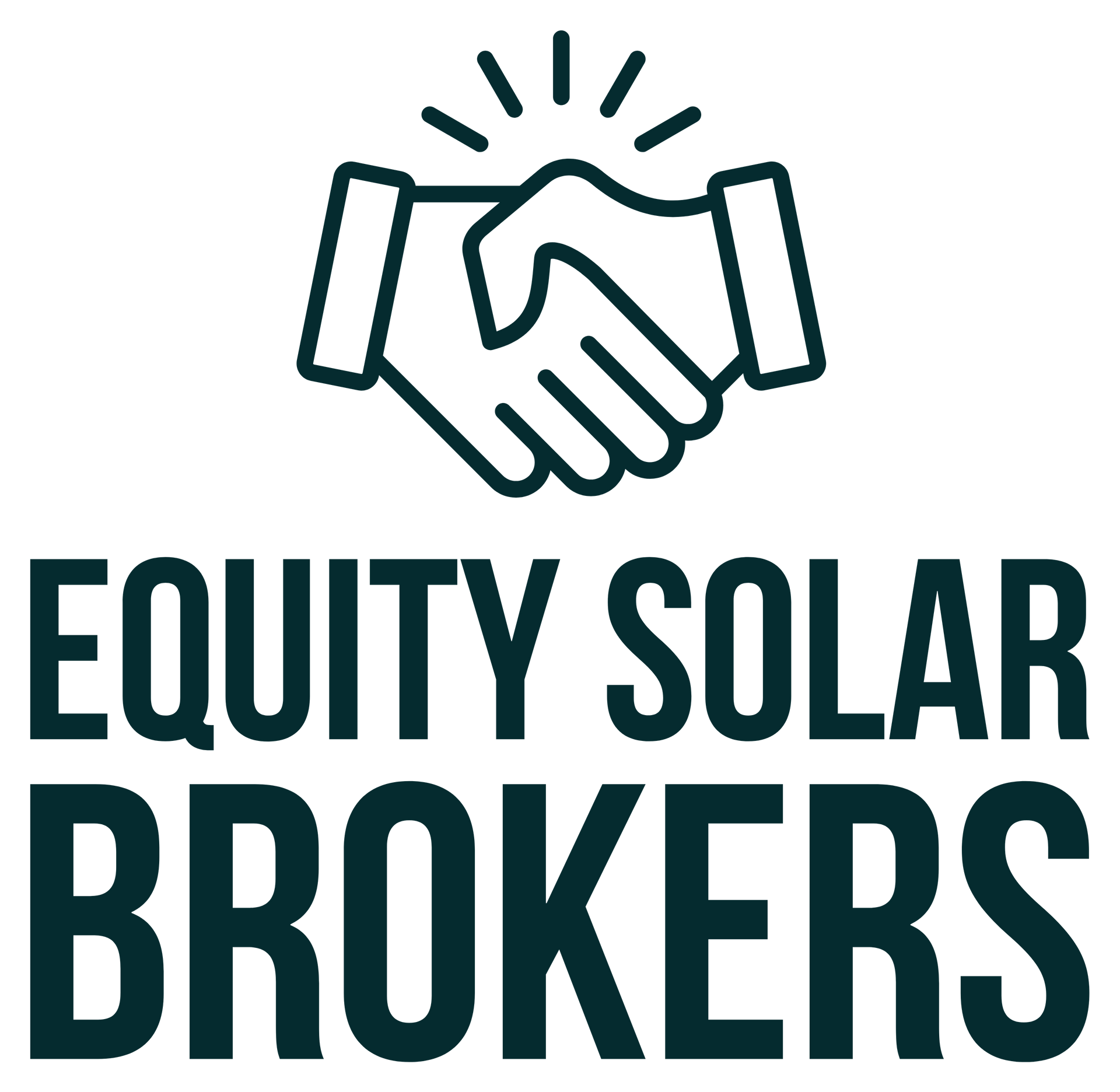
Why pairing more panels with your inverter can deliver better return on investment.
Let’s clear something up right out of the gate: oversizing your solar inverter is not a sin. In fact, it’s smart—especially when in most cases, solar panels don't all face the same direction.
Now, we get it. You’re wondering: “If my inverter is only 5kW, why am I slapping 6kW of panels on the roof?”
Welcome to the wonderful world of intentional oversizing, and no—it won’t blow anything up. Let’s unpack it.
What Is Oversizing?
Oversizing simply means installing more solar panel capacity (kW) than your inverter’s rated output. So if you’ve got a 5kW inverter and you install 6kW worth of panels, that’s a 20% oversize.
Some folks get nervous about this. “Won’t I be losing out all the time?” Sure - you'll lose out a little bit, but only on the sunniest days, in the sunniest months.
Truth is, unless your panels are all facing the same direction and pitched north at 25 degrees or greater, your panels are unlikely to hit their rated output outside of summer.
And even if you have the perfect roof and all your panels face the same direction—a 20% oversize can cause a few percent of total generation to be “clipped”. But this will only happen on sunny days, and only when the sun is high in the sky. You'll have no problem of clipping before 11am, or after 2pm.
But we’re not living in a lab. Half the time there's cloud cover; and that means your panels produce less. 70% of the time its not 'lunch time'; but instead its 10am, or 4pm, etc...
And nothing going to blow up. Even with a 200% oversize, nothings going to blow up, because solar inverters take what they can and need. They're not under oath to take those sexy energized electrons.
The electrons that get 'clipped' just take another lap around the solar circuit.
Here’s Why 20% Oversizing Makes Sense
- Outside of the sunniest summer days, you need all the panels you can get.
Those “shoulder hours” matter. A DC over size means you get more energy in the mornings, afternoons and cloudy days. More energy when you really need it = better ROI. - Inverters operate more efficiently with more DC.
If its cloudy, you want as many panels as you get to make sure the inverter runs efficiently. Most inverter spec sheets have a graph showing their efficiency curve. - You have a DC coupled battery
You won't clip if that clipped energy goes straight into the battery. DC to DC! - Panels are cheap. Larger inverters and monitoring equipment aren’t.
If we're starting with a 5kW inverter, adding a few extra panels for a nice oversize is far more cost-effective than jumping to the next inverter size, because those larger inverters need complex monitoring equipment to curtail exports to the 5kW-per-hour export limit. - Your panels face different directions.
Just because you have a 10kW system, doesn't mean you're guaranteed a full 10kW. If your panels are East and West, good luck getting 10kW in the hour outside of November - February, even at mid day.
The Kiwi Context: 6kW Inverter, 7.5kW of Panels = Sweet Spot
New Zealand’s single-phase homes tend to be limited to 5kW per hour of export. Your inverter can’t send more than that back to the grid unless you have more phases to sell energy on.
By pairing up to 7.5kW of panels on a 6kW inverter you:
- Generate tons of energy
- Only need your home to draw 1kW during the peak sunshine hours to ensure there isn't any clipping. This is super easy with a hot water cylinder on a timer, or a spa pool or pool pump running during the day.
- Have tons of energy available for charging a DC coupled battery like Sigenergy, Tesla Powerwall 3, Sungrow, etc.
The large grid tied system: 10kW inverter, up to 12kW of panels and a timer or two
Got an electric Hot Water Cylinder, or a combination of Spa pool and Water pump?
Chances are - even without a battery, you'll do fine with anything up to a 10kW inverter with <12kW of panels.
- Generate 10kW per hour between 11 and 2 (with a little clipping only on the sunniest days).
- 3kW per hour goes into your hot water cylinder, or other timed appliances such as a pool pump, septic, etc.
- If you have a DC coupled battery, the rest goes into the battery
- 2kW may get clipped without a battery, but again - that's only on the sunniest days, and mostly only in summer.
The Final Word
If your solar installer tells you 25% oversizing is bad—they’re probably stuck in 2015.
And if they tell you a 10kW inverter on single phase is overkill, don't be afraid to ask why.
Ultimately solar is a financial decision, and you should be considering the cost and benefits based on their own merit.
Most people with LARGE solar systems get very little bills in summer. And those lucky enough to have more phases to sell on often get bills below zero!
As we've said often to our clients - "If your summer bill is $0 instead of -$30, who cares?"
The modern reality is this: panels are cheap, inverters are smart, and clipping is strategic, not catastrophic.
So go ahead. Be a little oversized.
Because when it comes to solar,
bigger (within reason) is usually better—especially when you're clever about it.
Want help designing a solar system that pushes the limits but plays within the rules?
We’ll find you a deal that doesn’t just work—it works smart.



